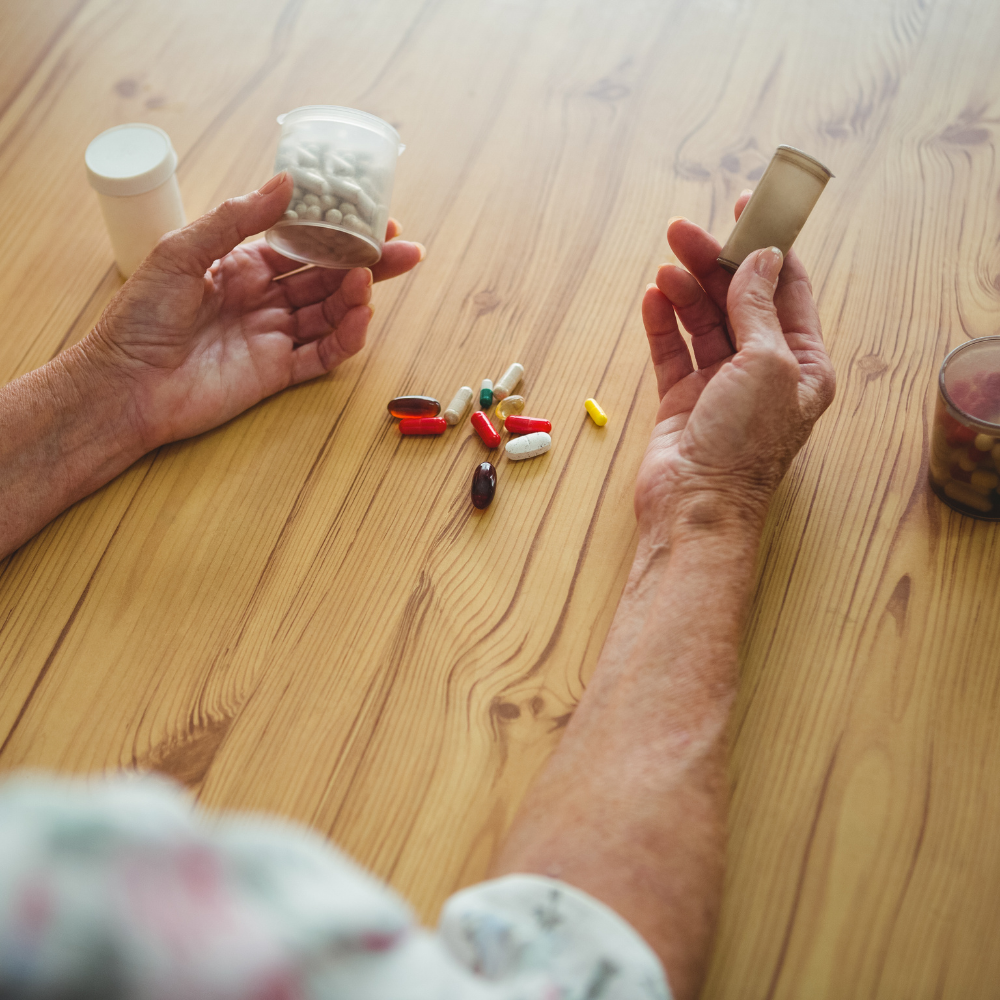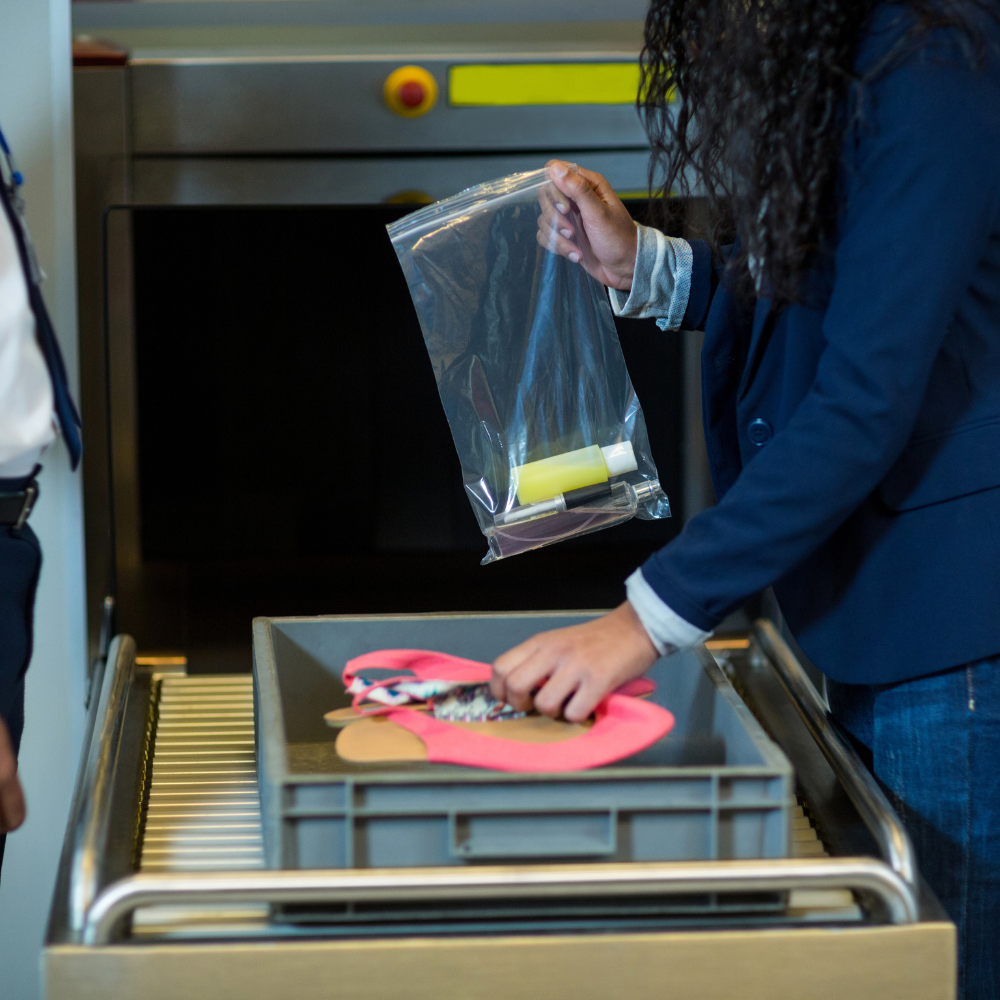
Mohamed Omar recalls the sudden appearance of Taliban soldiers at the Pul-e-Sukhta bridge in western Kabul. The Talibans arrived to abduct them while he was searching for drugs under the bridge.
Long before the return of the extremist Islamist organization to power in August 2021, this neighborhood was infamous for its drug addicts. Around the capital in recent months, the Taliban have rounded up hundreds of men from the bridge, the parks, and the hills. The majority have been transported to a former American military base that has been converted into a temporary rehabilitation facility.
Afghanistan is the international capital of drug addiction. According to the Bureau of International Narcotics and Law Enforcement, there are an estimated 3.5 million addicts in a nation with a population of approximately 40 million.
Hundreds of men can frequently be seen squatting beneath the Pul-e-Sukhta bridge, slumped among debris, syringes, and occasionally the bodies of people who have overdosed. The preferred substances are heroin and methamphetamine.
Under the bridge, the odor is unbearable, and dogs are searching through piles of trash for food scraps. Above, traffic rushes, street sellers peddle their wares, and commuters rush to the nearby bus terminal. Omar mentioned that he would go there to meet his friends and do drugs.
Despite the former administration's policy of gathering up addicts and placing them in centers, the guys who called this site home were largely ignored. But, after the Taliban retook control of the country, a more active campaign to remove them from the streets was started. Omar stated that they were beaten with pipes. He fractured his finger when he refused to leave the bridge and resisted. Still, they were obliged to leave."
Omar was pushed onto a bus with scores of other individuals. Later footage published by the Taliban administration showed their soldiers cleaning the area of overdose victims, carrying their lifeless bodies away draped in dark gray scarves. Others who were conscious but unconscious had to be carried out on stretchers. Omar was admitted to a rehabilitation facility with 1,000 beds and 3,000 patients. Circumstances are dismal. Before being released, the guys spend approximately 45 days through an intensive course at the center.
There is no assurance that these patients will not experience a relapse. Although the majority of persons removed from the streets are men, women and children have also been transported to specialized rehabilitation facilities.
Omar, along with the other addicts in the room at the center in Kabul, is badly emaciated, with his brown, government-issued garment drooping off him and his face skeletal.
In the 1990s, while the Taliban were in power, they nearly eradicated poppy growing. Over their 20-year insurgency, however, the drug trade became a key source of revenue for them. For the center's physicians, this is a simple operation. The Taliban continue to deliver additional individuals, and the staff struggles to accommodate them. Upon entering the treatment facility, Omar has been determined to recover. Despite overpopulation and a lack of resources, the doctors remain devoted to helping these addicts in any way possible.



